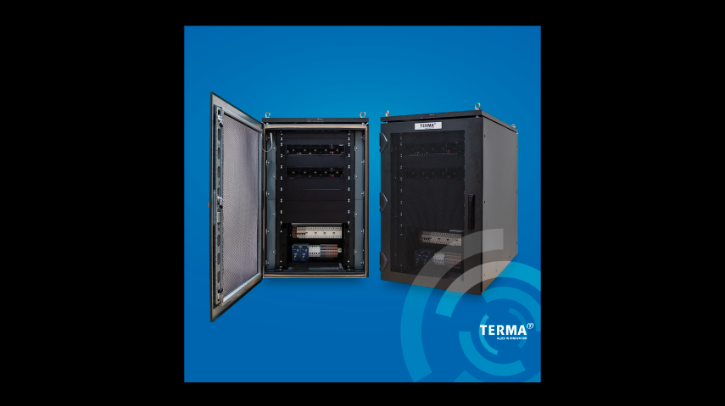As the global battery manufacturing industry accelerates, the challenge of shortening development cycles while maintaining high standards of safety and performance is intensifying. At the same time, manufacturers are under increasing pressure from increasing energy costs and the need to align with sustainability goals. For leaders in battery technology, the task is clear – balance quick time-to-market with operational efficiency and environmental responsibility.
Challenges – navigating a shift to green solutions
The marine industry is undergoing a profound transformation as it moves toward greener and more sustainable energy solutions. With international regulations such as the IMO 2020 and the European Green Deal pushing for drastic reductions in CO2 emissions, marine manufacturers are turning to electrification and hybrid propulsion systems to meet compliance.
This shift, however, introduces a new set of challenges. Marine batteries are exposed to harsh environmental conditions, including constant vibration, high charge rates/short charge cycles and extreme temperature fluctuations. These factors significantly affect battery life and performance, making testing not only a requirement but a critical part of the development process.
One example of this balancing act is the case of a leading marine battery manufacturer, facing surging demand from electric propulsion system suppliers. To remain competitive, the company needs to increase development and production speed without compromising the rigorous safety and performance standards each battery must meet, especially given the harsh conditions they’ll face at sea. However, the existing battery testing processes, which require significant time and energy, pose a major obstacle.
Testing facilities are notoriously energy-intensive, with inefficient systems consuming large amounts of electricity. This drives up operational costs and impacts the company’s environmental footprint. Moreover, the lengthy testing procedures cause delays in product development, further pressuring time-to-market goals. The challenge is clear – reduce testing times and energy consumption without sacrificing safety or reliability, all while withstanding the harsh realities of marine environments.
Partnership for innovation
To tackle these industry challenges, Terma and Unico have joined forces to bring an advanced solution to the market. Merging Terma’s expertise in space heritage and spacecraft power testing with Unico’s cutting-edge battery testing solutions, the joint battery cell tester is set to significantly enhance R&D processes and improve product performance and safety across industries.
A sustainable and high-performance solution
Terma and Unico’s battery cell tester has been designed to overcome the dual challenges of speed and sustainability in demanding marine applications. Its cutting-edge design enables marine battery manufacturers to streamline testing procedures while significantly reducing energy consumption, enhancing regenerative efficiency by 95% with circulation of energy and environmental impact.
This solution is not only energy-efficient but also reduces acoustic noise and minimizes the footprint in testing facilities by 75% in comparison to other systems, making it a truly green alternative. There is a digital oscilloscope for each individual card, which can be invoked by the user to visualize real-time events on the power interfaces. This level of transparency facilitates quicker diagnostics and a deeper understanding of battery behavior under stress conditions.
Cutting-edge technology with maximum efficiency
Despite its compact and lightweight design, the cell tester delivers up to 80kW of power across 32 independent channels, each capable of handling up to 300A. Its software-defined platform provides on-the-fly configuration and thus unprecedented flexibility without sacrificing efficiency.
The solution leverages high-end power switching topologies, high switching frequencies and rapid control loop reaction times. Terma and Unico worked collaboratively to optimize the existing digital power supply for maximum integration, resulting in a highly innovative, versatile, cost-effective and energy-saving product. Technologies such as silicon carbide (SiC), gallium nitride (GaN) MOSFETs, digital control using field-programmable gate arrays (FPGAs) and efficient power conversion topologies set this tester apart in the market.
Conclusion
With the combined expertise of Terma and Unico, the battery cell tester redefines industry standards by delivering sustainable, efficient and high-performance testing solutions for the marine industry. As the demand for electric propulsion systems grows, the need for faster, greener and more reliable testing solutions becomes not just an advantage but a necessity.
In related news, Imarc Group’s latest research publication recently estimated that the global electric boat and ship market size will reach US$15bn by 2033, exhibiting a CAGR of 8.80% from 2025-2033.



